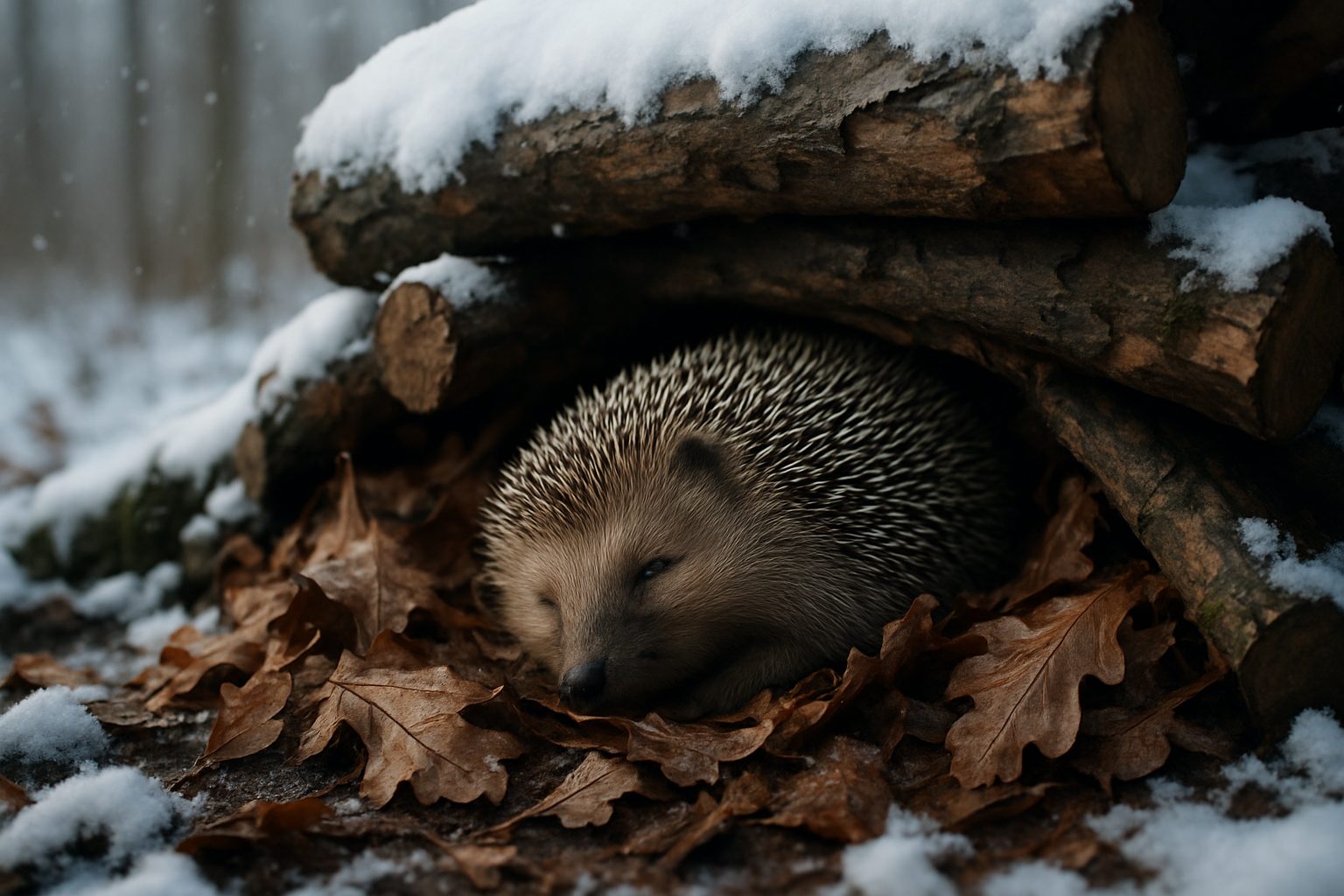The Hidden World of Hedgehog Hibernation
Discover the fascinating winter survival strategy of hedgehogs, a unique adaptation that has captivated scientists and animal lovers alike. This article delves into the intricacies of hedgehog hibernation, exploring how these spiny mammals prepare for and endure months of dormancy, and the challenges they face in our changing world.

The Science Behind Hedgehog Hibernation
Hedgehog hibernation is not simply a long nap, but a highly regulated physiological state. During this period, a hedgehog’s body temperature drops dramatically, sometimes to near freezing. Their heart rate slows from about 190 beats per minute to just 20, and they may take only a few breaths per minute. This drastic slowdown of bodily functions allows hedgehogs to conserve energy and survive on stored fat reserves for several months.
Preparing for the Big Sleep
In the weeks leading up to hibernation, hedgehogs enter a phase called hyperphagia, where they eat voraciously to build up fat stores. They can increase their body weight by up to 30% during this time. Hedgehogs also construct specialized nests, called hibernacula, using leaves, grass, and other materials. These nests provide crucial insulation against the cold and protection from predators during their vulnerable state.
The Role of Environmental Cues
Hedgehogs don’t simply hibernate on a fixed schedule. Instead, they respond to a complex array of environmental cues, including changes in daylight hours, temperature, and food availability. This flexibility allows them to adapt to varying climate conditions and unpredictable weather patterns. However, it also makes them susceptible to the effects of climate change, which can disrupt these natural signals.
Waking Up: The Challenges of Arousal
Contrary to popular belief, hedgehogs don’t sleep through the entire winter without interruption. They experience periodic arousals, briefly waking and raising their body temperature before returning to hibernation. These arousals, while energetically costly, are crucial for maintaining the hedgehog’s health during long periods of inactivity. The process of final arousal in spring is particularly demanding, requiring significant energy reserves and favorable environmental conditions.
Conservation Implications and Human Impact
As human activity continues to alter landscapes and climates, hedgehog hibernation faces new threats. Urbanization reduces suitable hibernation sites, while milder winters due to climate change can lead to premature arousal, depleting energy reserves before food becomes available. Conservation efforts are now focusing on creating hedgehog-friendly spaces in urban and suburban areas, providing safe hibernation sites and raising awareness about the importance of undisturbed winter habitats.
The Future of Hedgehog Hibernation Research
Scientists are increasingly turning to hedgehogs as model organisms for studying the physiological mechanisms of hibernation. This research not only helps in conservation efforts but also has potential applications in human medicine, particularly in areas such as organ preservation and metabolic disorders. Advanced tracking technologies and genetic studies are providing new insights into how hedgehogs regulate their hibernation cycles and adapt to changing environments.
In conclusion, the hibernation of hedgehogs represents a remarkable feat of natural adaptation, a delicate balance between survival and vulnerability. As we continue to unravel the mysteries of this process, it becomes clear that protecting these creatures and their habitats is not just about conservation, but about preserving a fascinating aspect of natural history. The story of hedgehog hibernation reminds us of the intricate connections between animals and their environments, and the ongoing need for responsible stewardship of our natural world.





